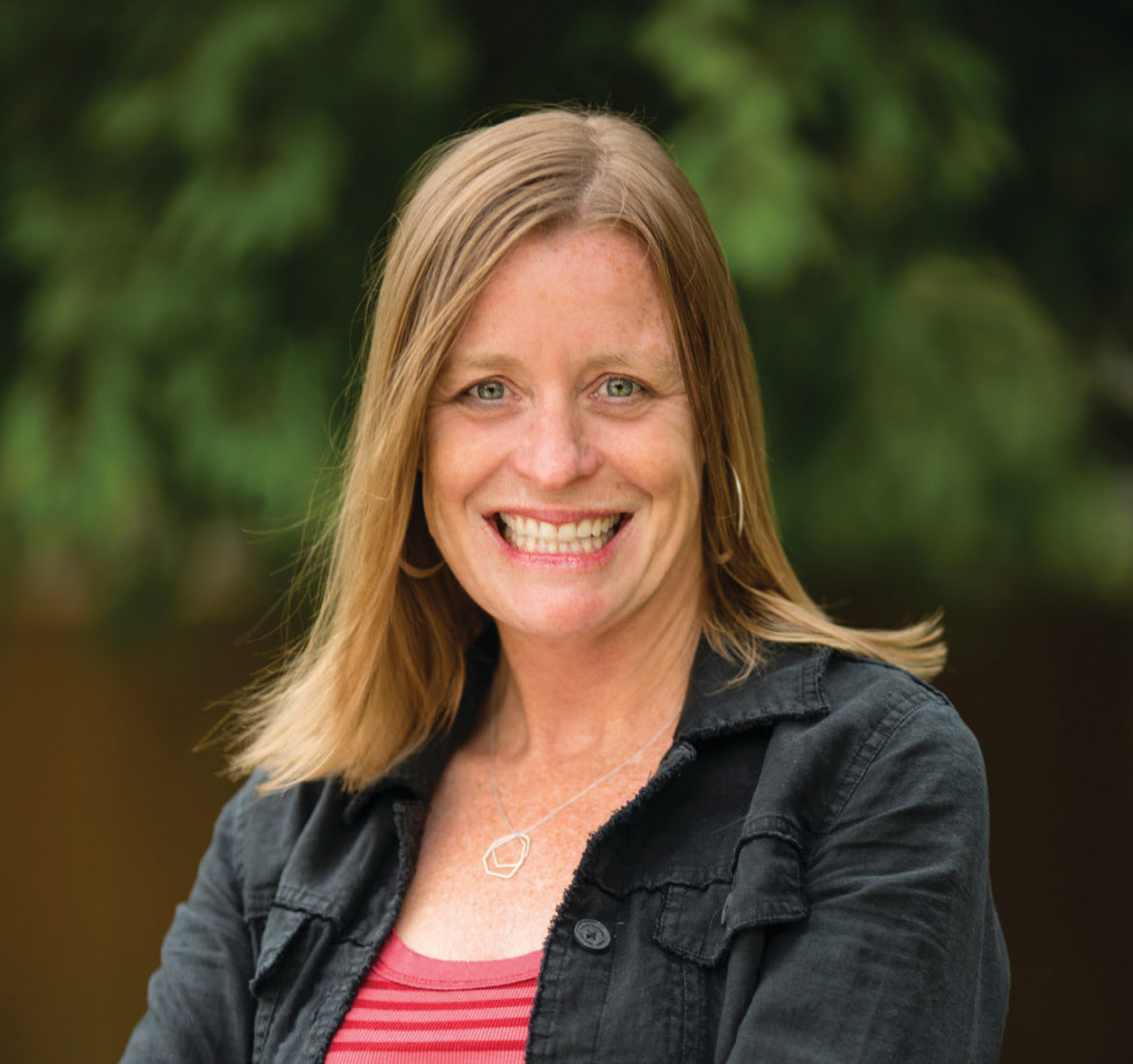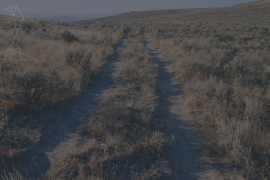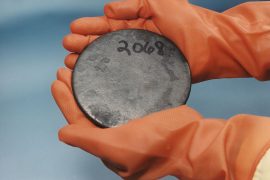How the Deschutes River Conservancy aims to bridge the divide among water users
Interview by Kevin Max
Whiskey is for drinking and water is for fighting. At the Deschutes River Conservancy in Central Oregon, they’re taking the fight out of water. The new executive director, Kate Fitzpatrick, is a veteran of the organization and skillful ambassador among the widely divergent stakeholders of water management and marketing. We caught up with her just after the river conservancy received federal funds for new projects.
What are the different water interests you’re balancing on a daily basis?
We are balancing water demands for healthy river flows, irrigated agriculture and growing urban communities. The lion’s share of water in the Deschutes Basin (86 percent) is allocated in the form of water rights that are diverted from the river to support irrigated agriculture. The challenge is to restore more natural flows to the river while continuing to support agricultural uses of water. Municipal use of water currently comprises 2 percent of the water demand in the basin, but we will need to find additional water for growing cities as well. Everyone in the Deschutes has a stake in water—whether farmer, tribal member, river enthusiast, recreator or urban dweller.
What are the main tools for water conservation?
Water conservation and water marketing are the biggest tools in our toolbox. Water conservation involves piping irrigation canals and upgrading on-farm irrigation infrastructure. Water distribution systems were built over a century ago and are largely earthen canals dug into leaky volcanic rock that lose up to 50 percent of water on the way to farms. Many irrigators still engage in flood irrigation and have an opportunity to use less water using sprinkler or drip irrigation. Modernizing irrigation infrastructure and delivery systems significantly reduces water demands and allows that water to be restored instream.
Water marketing involves incentivizing water users to trade their water rights to other users and to the river, on either a temporary or permanent basis. The DRC’s Annual Water Leasing Program, for example, leases about 4,500 acres of water rights instream each year, offering an incentive payment in return. There is ample room for these voluntary programs to grow to allow water to move between farmers, irrigation districts and to the river more easily.
How could piping irrigation canals restore water flows?
Conservation savings through piping leaky irrigation canals are protected instream to support river health. This means that less water gets diverted from the river and is protected instream, by the state, from use by others. There is the opportunity to save approximately 120,000 acre-feet of water through large canal piping. This number can double when paired with smaller piping projects, on-farm efficiencies and water marketing. For example, Central Oregon Irrigation District’s (COID) next piping project will restore 30 cubic feet per second instream within the next two years. Complementary work can double this number.
What do you see as the greatest threat to Upper Deschutes River Basin water management?
Water in the west is contentious. We see examples of conflict all around us. And water law is complex. We are fortunate in the Deschutes Basin to generally have enough water to meet needs if managed efficiently. We also have a vast body of information on available strategies to solve these issues, and a long history of collaboration showcasing real results. The needs of endangered species have accelerated the need to restore flows, and irrigation districts are facing increased water supply risk due to these commitments. Extended drought and climate change increase these challenges. But we have the tools and partnerships to solve these problems. Our greatest threat is if we are not successful in investing enough financial and cultural commitment in the solutions that are in front of us.








